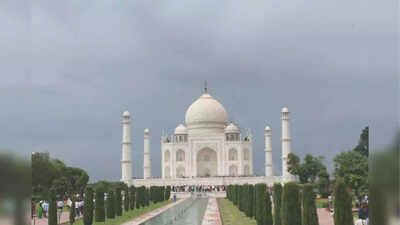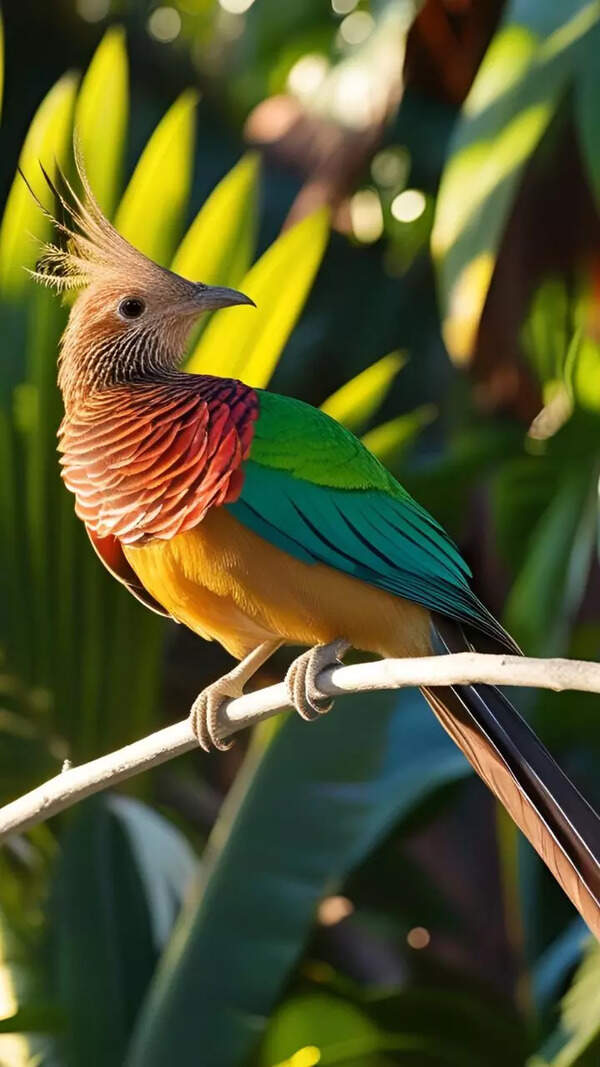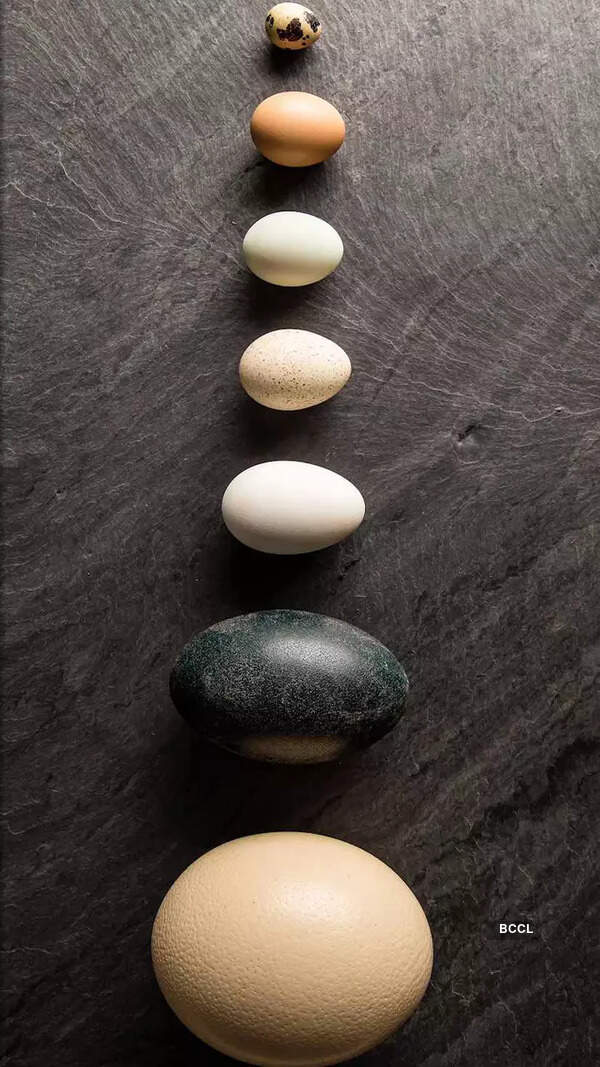Trending
The disappearance of the 466 kg gold crown on the Taj Mahal explained
The Taj Mahal was originally adorned with a 466 kg gold finial, removed by British officer Joseph Taylor in 1810 and replaced with a gold-plated copper version. Subsequent replacements in 1876 and 1940 have used various materials. The monument's central dome now holds its fourth finial, reflecting ongoing preservation challenges.
The Taj Mahal, being one of the world's most iconic monuments, is steeped in history, glamour, and intrigue. Among its numerous interesting aspects was a gargantuan 466 kg gold crown, which originally crowned the summit of its central dome. The crown, made entirely of pure gold, contributed to the monument's stunning beauty and was an emblem of the emperor's passion. But this golden finial no longer exists, and many have questioned what happened to it. In 1810, the original gold finial was removed by a British officer and replaced with a lesser one. This article discusses the disappearance of this golden crown and what ensued.
The mystery of the missing golden finial from the Taj Mahal
The Taj Mahal, known for its breathtaking beauty, was originally crowned with a stunning 466 kg gold finial atop its central dome. Standing at an impressive 30 feet, the finial featured a distinctive moon motif at its summit, a design element commonly seen in Islamic architecture. This golden finial was not only a symbol of the monument’s grandeur but also a representation of the intricate craftsmanship of its time. According to historian Raj Kishore Raje in his book Tawarikh-e-Agra, the gold used for the finial was sourced from the royal treasury and carefully supervised by Kazim Khan, an important official from Lahore. The finial served as a crowning jewel for the Taj Mahal, enhancing its beauty and significance.
The disappearance of the Taj Mahal’s gold finial and its replacements
In 1810, British officer Joseph Taylor removed the Taj Mahal's original golden finial, weighing 466 kg of gold. Taylor is thought to have stolen the gold. A gold-plated copper finial was used in place of it. This began a sequence of modifications to the dome of the monument. The finial was again replaced in 1876 and 1940, utilizing materials such as copper with gold coating. The finial we view today is the fourth one, which was mounted in 1940. All these replacements reflect the challenges of maintaining the Taj Mahal over time, with the building struggling with the pangs of aging and wear.
End of Article
FOLLOW US ON SOCIAL MEDIA
Visual Stories
Tired of too many ads?










